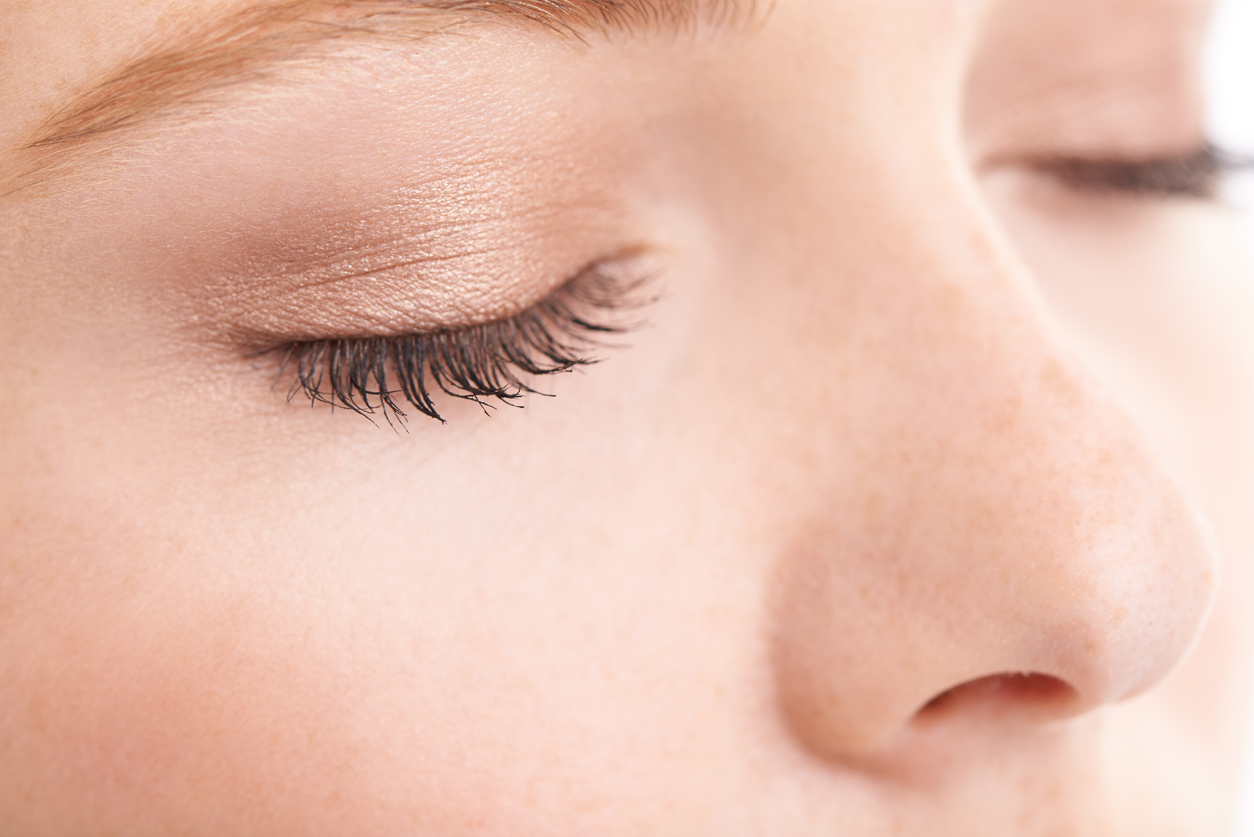What Blinking Can Tell You About Your Eyes

Blinking is vital to keeping our eyes healthy and moisturized — and it’s more complicated than it might seem.
For most people, blinking is as natural as breathing — we barely even notice when it happens. In fact, “in the blink of an eye” is a phrase used to describe an event that occurs so quickly, we don’t even realize it’s happening! However, while a blink may be barely noticeable, infrequent or abnormal blinking can have a considerable impact on one’s eye health.
Blinking is an autonomic, reflexive closing of the eye intended to moisten the eye and provide critical defense against allergens and pollutants. Motor nerves in both the upper and lower eyelids trigger blinks, which can occur either voluntarily or involuntarily. Blinking is vital to our eye health because it stimulates the production of mucin and meibum, substances that protect the corneal surface.
When an individual experiences a problem with their blinking, this can often indicate a larger issue with their eyes, or can create or exacerbate eye problems in and of itself. Here’s why blinking matters — and what it might mean when blinking stops, slows, or isn’t as effective as it should be.
Why We Need to Blink
When we blink, our eyelids work almost like windshield wipers, cleaning debris from the outside world off the surfaces of our eyes. A normal, complete blink covers our eyes with fresh tears that coat the eyes with nutrients to keep them healthy. This process is especially important for contact lens wearers, as these tears are the layer upon which contact lenses float.
Most people blink about seven to 10 times in a minute, which is the optimal number to keep the eye’s surface healthy and moist. That said, this rate isn’t constant; one’s blink rate lowers when they engage in cognitive processes like performing arithmetic tasks, daydreaming, and reading (interestingly, when we read, we usually blink when we get to a punctuation mark). Conversely, excitement and other more active emotions tend to result in faster blinking.
Blink completeness is even more important to eye health than blink rate. Meibum can only spread across the surfaces of our eyes after a complete blink in which the top and bottom eyelids touch. Alarmingly, studies have shown that certain tasks, such as staring at a computer screen, can result in more incomplete blinks, which can be a major problem for certain patients.
What Happens When We Don’t Blink Enough
When we don’t blink frequently or completely enough, we run the risk of developing dry eye syndrome, an uncomfortable condition that occurs when we don’t have enough quality tears to lubricate and nourish our eyes. Dry eye is a very common condition, especially in older people or people who spend a large portion of their days looking at computer screens.
If you’re experiencing dryness, soreness, or scratchiness in your eyes, ask your doctor to assess your blinking pattern. Unlike healthy blinkers, patients with dry eye have variable blink patterns that switch between rapid and slow blinking. Fortunately, certain treatments can help stabilize blink pattern and, ultimately, help eyes receive nutrients more consistently.
If you suspect that you have dry eye syndrome, an abnormal rate of blinking, or another related eye condition, make an appointment to meet with an eye care specialist at Kleiman Evangelista Eye Centers of Texas. With offices in Dallas and beyond, we’re proud to be able to help Texans achieve clearer vision and healthier eyes every day.
Turn To The Top Eye Doctors In Texas
Check out one of our locations below for the best eye care near you:
[DISPLAY_ULTIMATE_SOCIAL_ICONS]








